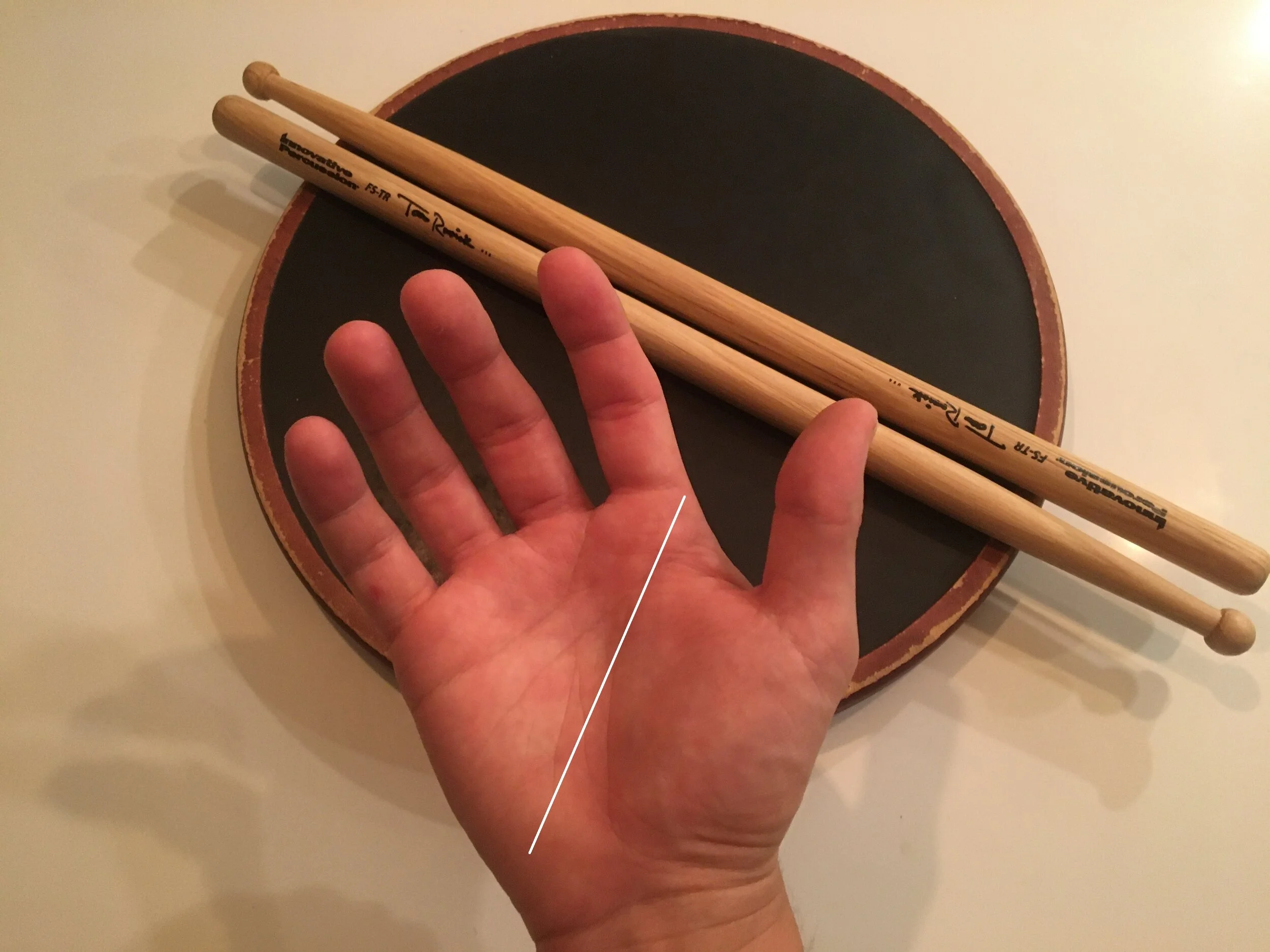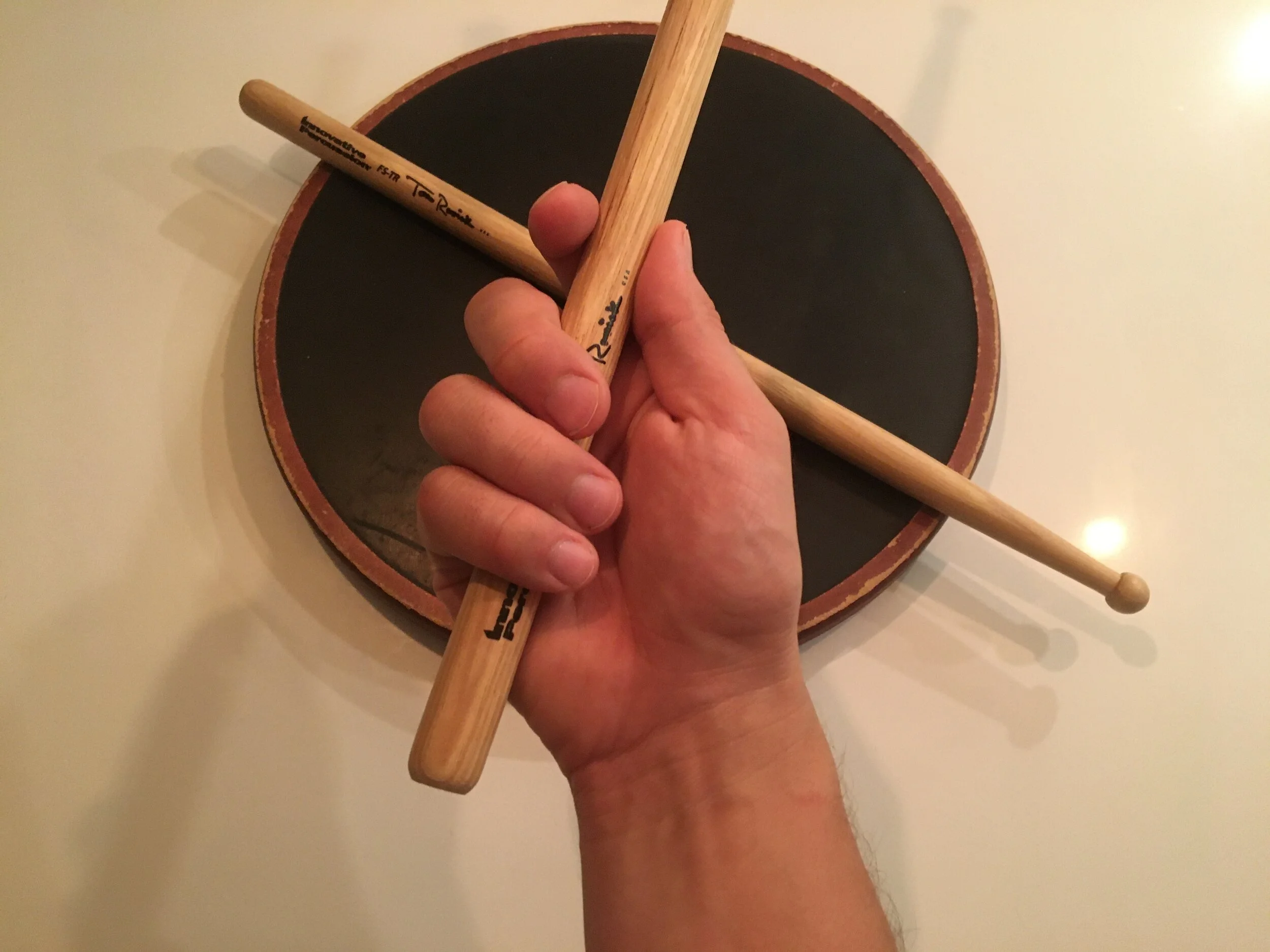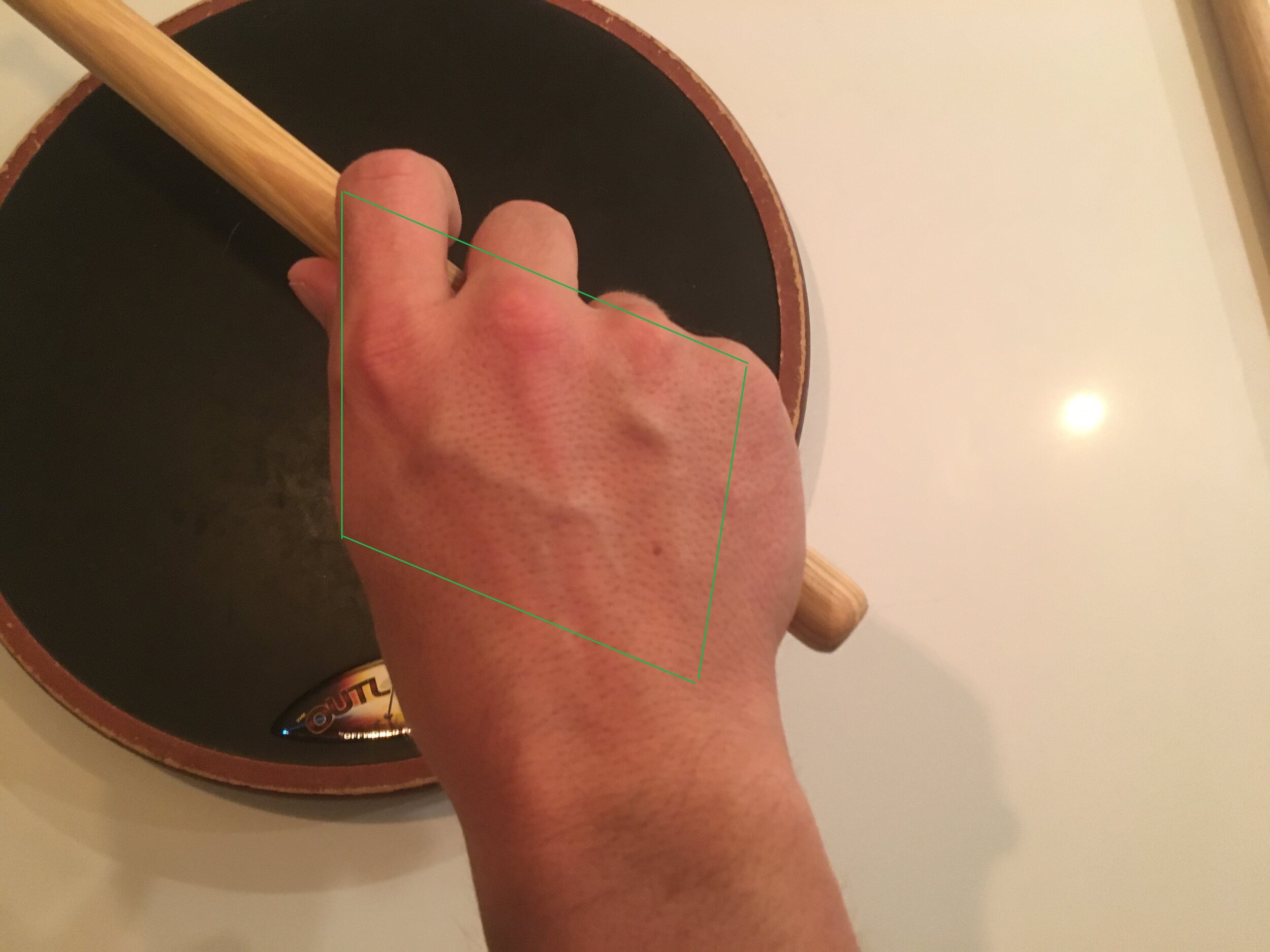Choosing sticks and mallets for your drumline is an important decision. Begin by considering several factors:
Will performers be asked to purchase their own sticks and mallets, or will the ensemble provide the implements?
What is the budget? Have you planned to have extra sticks available throughout the season for when replacements are needed?
Where will you be purchasing from? A local store or an online order?
What are the musical needs of your ensemble? Do you need a variety of different implements for lots of different sounds and textures, or can you get by with the basics?
Once you have started to answer some of these questions, it is time to start shopping.
There are many brands and models of sticks/mallets to choose from. Ideally, you should get your hands on lots of different sticks so you can try them out for yourself before making a final decision. The choice will eventually fall to personal preference. Here are some of my personal favorites:
SNARE DRUM STICKS:
TENOR DRUM STICKS:
BASS DRUM MALLETS:
Let me know in the comments which sticks and mallets you prefer. I hope this list has been helpful!












